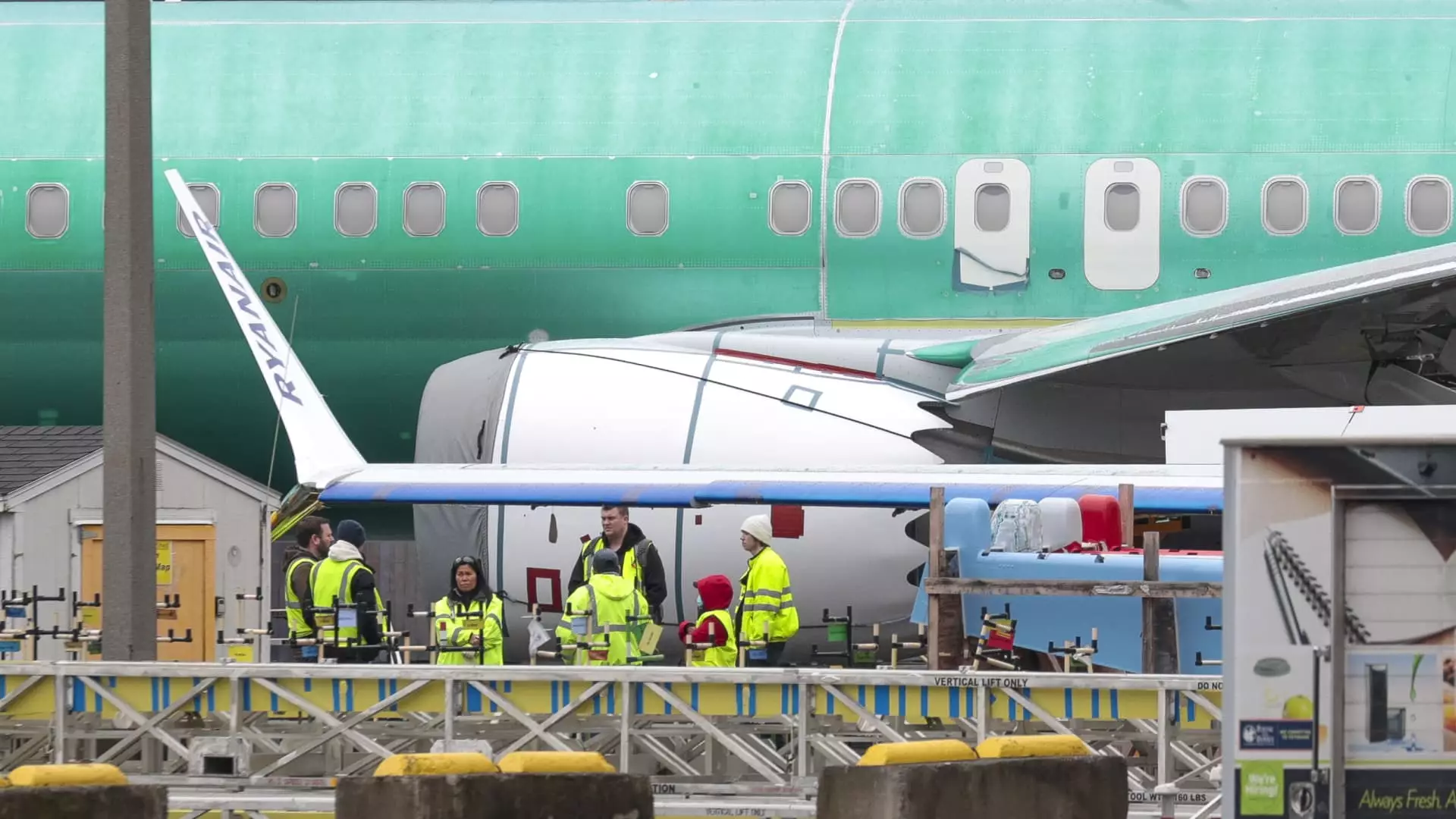Boeing, the aerospace giant, has made a significant move by replacing the head of its 737 Max program. The decision comes in the aftermath of a panel blowout incident that occurred during an Alaska Airlines flight. This incident not only led to a brief grounding of the aircraft but also raised concerns about the company’s overall operations. The departure of Ed Clark, the previous head of the 737 program, marks a turning point in Boeing’s efforts to address the quality and safety issues that have plagued its planes.
In the wake of these recent troubles, Stan Deal, the CEO of Boeing’s commercial airplane unit, announced that Katie Ringgold would take over as the president and general manager of the 737 program. This change in leadership is part of Boeing’s increased focus on ensuring that every airplane it delivers meets or exceeds all quality and safety requirements. The appointment of Elizabeth Lund as the senior vice president of quality for the commercial airplane unit underscores Boeing’s commitment to improving its operations and regaining the trust of its customers.
The incident that occurred aboard the Alaska Airlines flight is just one in a series of crises that Boeing has faced in recent years. The fatal crashes of its Boeing 737 Max 8 in 2018 and 2019 were a major blow to the company, resulting in the loss of 346 lives. Furthermore, Boeing has been grappling with a range of quality flaws on its planes, leading to delays in delivering aircraft to customers. The misdrilled holes on some Max planes, for example, have further complicated Boeing’s efforts to meet customer demand.
The recent panel blowout incident has not only raised concerns among customers but has also drawn the attention of federal regulators. The National Transportation Safety Board’s preliminary investigation found that the door plug that blew out of the 737 Max 9 used for the Alaska Airlines flight had not been properly installed. In response to these issues, the Federal Aviation Administration has increased its direct inspections of Boeing’s Max production lines and imposed restrictions on the company’s output until it can ensure the quality of its planes.
As Boeing works to address the quality and safety issues that have plagued its operations, its rival Airbus has been capitalizing on the opportunity to increase its production and deliveries of new planes. The competition between the two aerospace giants is intensifying, with Boeing facing pressure to regain its position as a leader in the industry. The leadership changes within Boeing’s 737 program are a crucial step in this direction, signaling the company’s commitment to improving its operations and addressing the concerns of its customers.
Boeing’s decision to replace the head of its 737 Max program and make other key leadership changes reflects the company’s determination to overcome its recent challenges. By prioritizing quality and safety in its operations, Boeing is taking a proactive approach to addressing the issues that have affected its planes and damaged its reputation. As the aerospace industry continues to evolve, Boeing’s ability to adapt to changing circumstances and meet the demands of its customers will be critical to its long-term success.


Leave a Reply